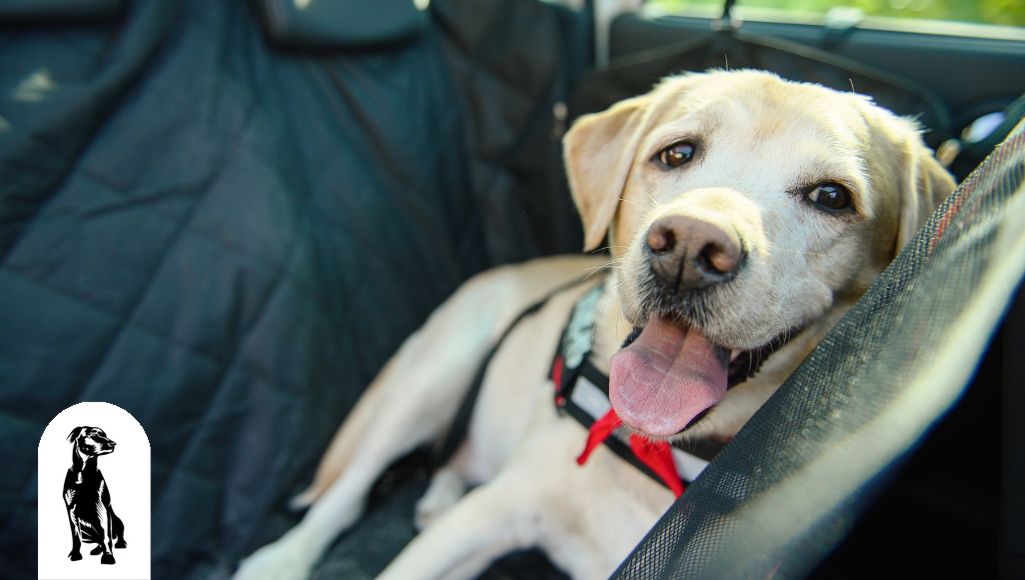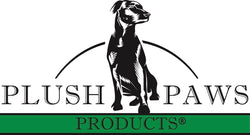
During the hot summer months, dog safety practices for keeping your canine cool are paramount. Heatstroke is one of the most common ailments dogs deal with during the summer months. Heat-related illness can cause brain damage, heart issues, and even death. Keeping your dog safe from hot weather isn’t just the human thing to do; it’s also healthier.
As a dog owner, the health of your canine is of great importance. A dog with a healthy lifestyle can last years longer, providing affection and comfort. Walking and running your dog or even letting them run free outdoors keeps their hearts pumping strong and healthy for years to come.
The brightening sky and warming temperatures bring more than just the groundhog outdoors. The summer months are a prime time for getting outdoors. Most dog owners find it more fulfilling for themselves and their dogs to exercise during the summer months.
Because it is the time of year a dog owner is most likely to get out and exercise their dog, dog owners must understand the risks of the summer months and ways to combat them.
How dogs keep cool
Heat-related illness–otherwise known as heatstroke–is a common affliction for dogs. Dogs are particularly more susceptible to heatstroke than humans because of their physiology.
Unlike humans and other animals, dogs do not sweat the same way humans do. Sweat acts as a cooling mechanism by drawing heat off the body when water evaporates. Sweat has been a core part of survival for humans and other animals for millennia. Dogs evolved differently, only evolving sweat glands on their paw pads and noses.
Despite this supposed disadvantage, canines still have natural coping methods for the heat. Some dogs, such as huskies and poodles, have a thicker outer coat. During the winter, this acts as insulation, keeping warm air produced by body heat close to the skin. This coat of fur guards the lower layers against the sun's heat during hotter spells, insulating cold air instead.
If a dog’s core starts to overheat, the dog will naturally begin panting to expel heat from the body and bring in cooler air. This rapid exchange helps protect internal organs from overheating, creating permanent damage.
What happens when dogs get heatstroke?
Heatstroke is a nasty ailment in all animals. Less severe cases cause disorientation and fatigue; more severe cases cause internal damage to organs and bodily processes.
Signs of heatstroke in dogs are:
- Physical collapse/fatigue
- Labored breathing
- Excessive panting
- Vomiting
- Diarrhea
- Bleeding or bruising on skin or gums
Prolonged heat exposure leads to worse conditions. These can include:
- Excessive bleeding
- Damage to the gastrointestinal system
- Brain and nerve damage
- Heart and lung issues
- Blood clotting/hemorrhaging
Allowing your dogs to overheat is seriously detrimental to their health. Helping them avoid exposure to high heat will help keep them safe from any effects of heatstroke.
How heatstroke in dogs happens
There are three common cases where dogs get heatstroke. They are:
- Exercise
Exercise is essential. To keep your dog healthy, you should get out with your dog for at least a half hour every day. Maintaining a good exercise regimen will keep the weight off your dog and help extend its life.
Exercising in the heat of the day without taking proper precautions can have devastating results.
Since dogs have few natural ways of discharging heat from the body, getting worked up in the day's heat can warm your dog too much. You risk overheating your dog with heatstroke without using a cooling vest, spraying them down with water, or taking cooling breaks in the shade.
If you want to avoid the risk of overheating your dog in the hot sun, get your exercise early in the morning or later in the afternoon when temperatures are less extreme.
Of the ways dogs can get heatstroke, overexertion from exercise causes around 75% of cases.
- Environmental
A hot environment is sufficient enough to cause your dog to overheat. If left unattended outside on a hot day with no shade or cool place to rest, your dog is at risk of overheating.
You can prevent this by constructing shade for your backyard, bringing your dog indoors, or creating a cool place for them to rest while the sun bakes the earth along its journey across the sky.
- Being confined in a vehicle
The final leading factor of canine heatstroke is that of dogs trapped in vehicles. Even though this only causes around 5% of heat-related illness cases in dogs, it is still one of the most prominent ways dogs succumb to and perish from the heat.
Well-meaning dog owners don’t often mean harm in leaving their dogs in the car. Many believe that no harm can come when leaving a dog unattended in the day's heat for “only a few minutes.”
The truth about hot cars is that they can quickly become a death trap for anything or anyone inside.
According to NBC News, the following is true for leaving kids and animals in hot cars:
- A car can heat up by 20 Fahrenheit in just 10 minutes.
- Cracking your windows does little to keep your vehicle cool.
- Temperatures in the 60s can heat your vehicle to over 110 degrees.
- Heat-related illness can occur when outside temperatures are as low as 57 degrees.
- Temperatures can reach deadly temperatures in just 10 minutes on an 80-degree day.
Do not leave your dog in your car, even if the day seems only mildly warm that day. Doing so can be life-threatening for your pet.
Easy Pet Care with Plush Paws
When the sun comes out, and the temperatures start to warm, it’s great to get you and your dog out and moving! Remember dog safety, though! It is best to be conscious of how your dog reacts to the heat.
Whether driving your dog to the park or visiting a friend across town, make sure your dog is traveling in comfort and style! We create fashionable and functional seat covers that protect your seats from dog hair and allow your furry friend to ride comfortably.
Visit our website now to learn how you can get started today!
